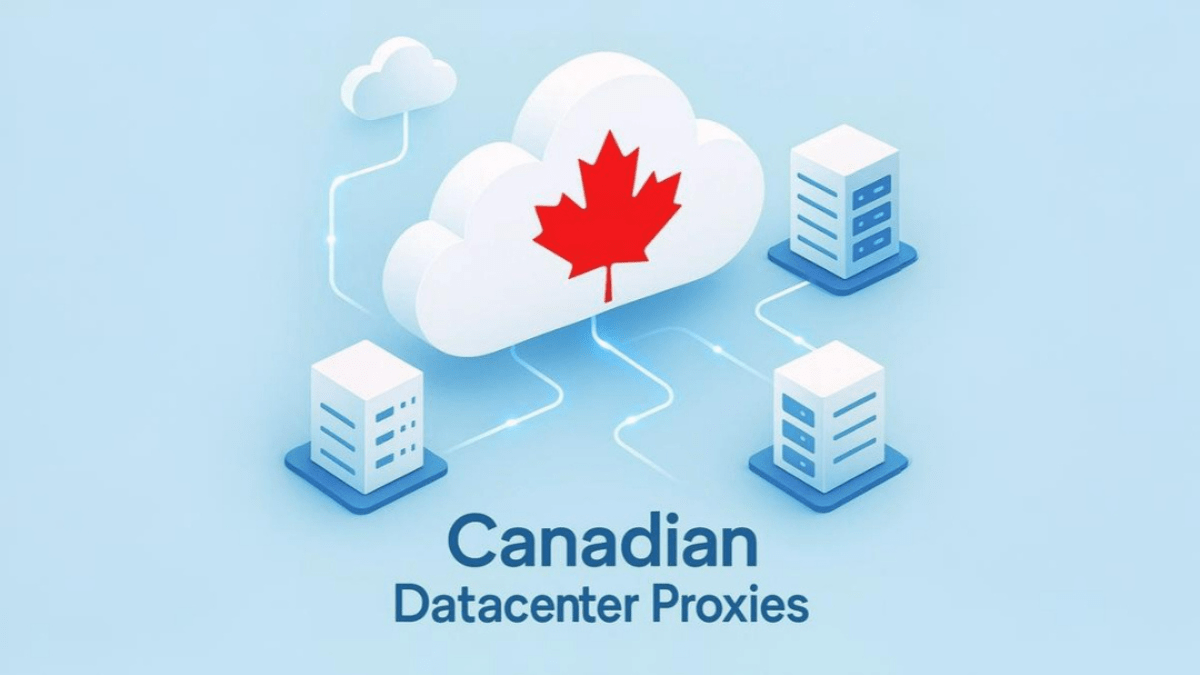A lot of businesses have either been forced or tempted to move to the cloud for many reasons. It is a great way to cut costs, but it also allows for greater scalability in many cases. It could also end up being safer for your organization depending on your current setup. But you should know some of the challenges that come with moving to the cloud before you make your move and how you can mitigate risks. Here are some of the things you have to be ready for when moving to the cloud.
Dealing with Disruption
Your team has to be well prepared to deal with disruption when you’re dealing with a mix of local and cloud applications. Issues can be very difficult to decipher in those cases, and your IT team has to be ready for any event. This is why they will need to get more familiar with chaos engineering and you might have to refresh their education while providing them with the proper set of tools. This article on Chaos Engineering is worth checking out if you need more information.
Data Security
Having part or all your important files on the cloud comes with a couple of risks. There is always the chance that the company you work with has someone on staff that goes rogue, but that’s not what you need to worry the most about. The biggest threat is by far the people in your organization, especially if you have a BYOD policy or they work remotely.
Malicious insiders could get access to files they shouldn’t be able to by using hacking techniques or through social engineering. This is why you will need to start looking at gateway solutions to have control over who goes where and consider hiring outside help to manage connections to your cloud systems.
Miscalculating Costs
A lot of businesses underestimate the costs of using the cloud and end up overspending as a result. They might assume that they will be better off with the most expensive package the service has to offer, for instance. They will also often not pay enough attention to their usage and how it can affect how much they will be charged. This is why you will not only need to analyze your costs before you make the move but also learn tactics on how to maximize cloud usage.
Make sure that your employees do not use the cloud unnecessarily, and that their usage is properly monitored. Pay very close attention to sudden price hikes and see if there are irregularities.
You can also do things like proactively rightsizing your computer resources, choosing the best storage type for your applications, releasing idle Elastic IP Addresses, and deleting EBS Snapshots that you’re not using, among others.
These are all things that you should have in mind when moving part or all of your systems to the cloud. Take the time to learn about the risks that come with the move and have a plan B in case anything happens.










